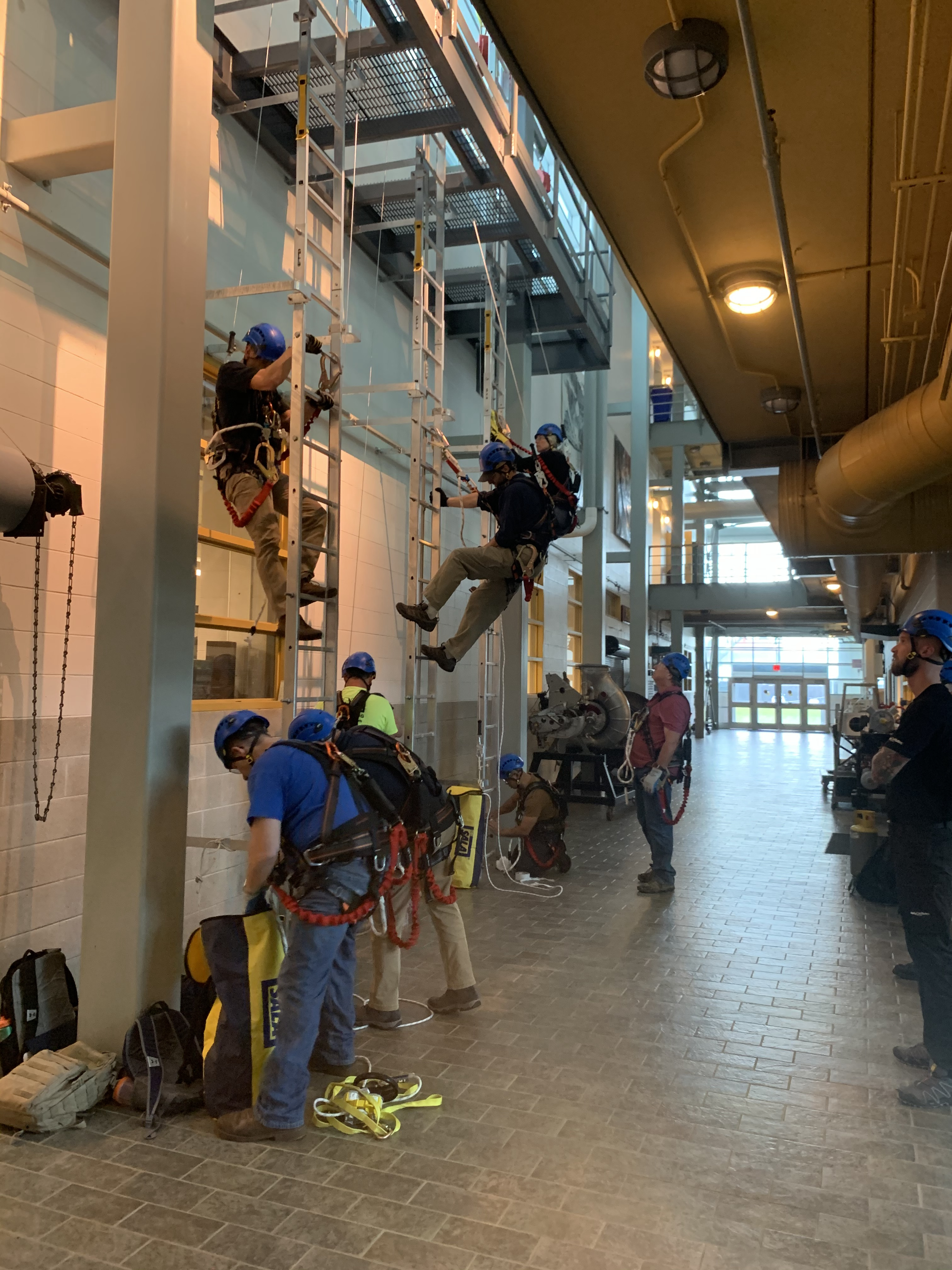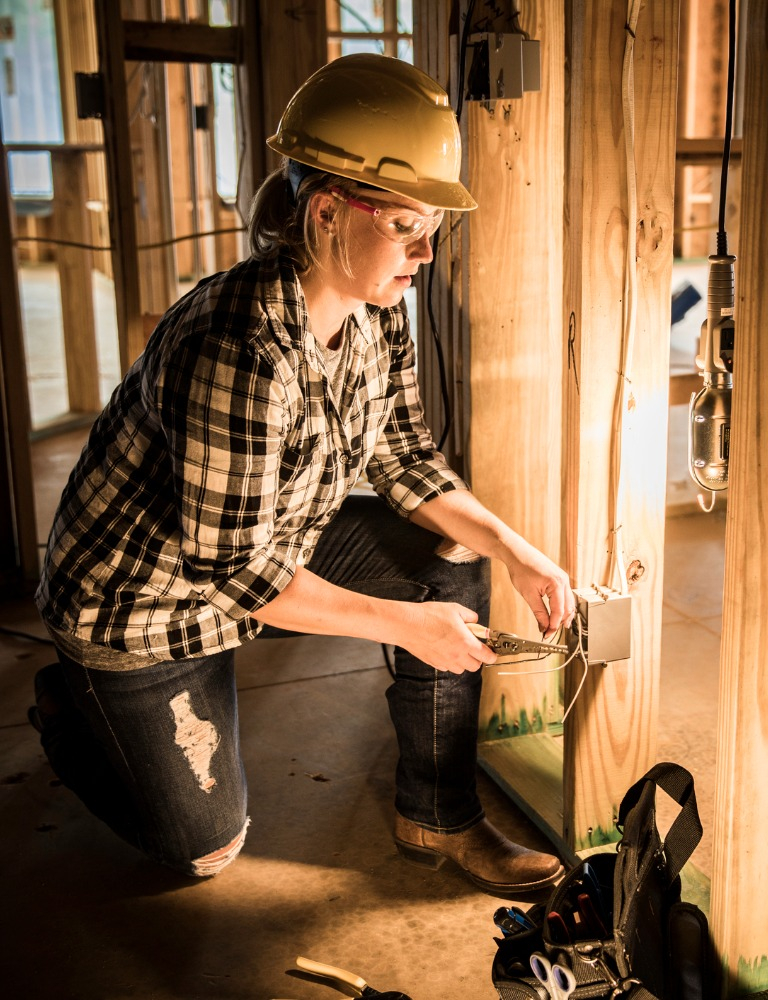MassCEC develops and manages workforce programs that increase access to clean energy careers, education and training


Who works in clean energy?
- The building energy manager who keeps commercial office space comfortable during the worst weather extremes
- The HVAC expert installing a new air filter to reduce the spread of airborne germs
- The meteorologists, biologists, and geoscientists studying the best locations for offshore wind turbines
- The solar panel installer bringing renewable energy to homes and businesses
- The insulation specialist helping homeowners reduce their energy consumption
- The researcher discovering a new process for making biofuels
- The engineer designing a battery energy storage system
- The marketing manager who helps a clean energy company expand its business
- The community organizer who engages neighbors in planning for climate change
MassCEC Workforce Program Areas
Commitment to Workforce Equity
MassCEC is working to equitably bring the benefits of clean energy jobs to our Commonwealth’s diverse populations. Our Workforce Equity programs are guided by our Workforce Development Board of Directors and informed by our Workforce Development Equity Working Group. The Working Group offers informal recommendations, including ways to align MassCEC's workforce programming with the long-term goals of the Massachusetts Clean Energy Climate Plan (CECP) and the equity objectives in the 2021 Act Creating A Next-Generation Roadmap for Climate Policy. The Working Group includes clean energy workforce community and industry stakeholders who offer a broad range of relevant experiences and expertise from the public, private, and non-profit sectors across Massachusetts.
Networking & Partnerships
MassCEC compiles a list of potential applicants interested in forming partnerships for the open Workforce Equity grants. The list is updated monthly.
- Download the latest Networking/Partnership List.
- Add your organization to the Networking/Partnership list by filling out this form.
- Sign up for MassCEC newsletters to receive updates about Workforce news and funding.
Jobs in Offshore Wind
Thousands of jobs are being filled in offshore wind construction, operation, and maintenance
The offshore wind industry is rapidly expanding, bringing substantial employment opportunities to Massachusetts and the broader New England region. The 2021 Offshore Wind Workforce Training & Development in Massachusetts Report provides insights into workforce needs for the state's initial offshore wind projects, including Vineyard Wind 1 and SouthCoast Wind. This report identifies critical occupations, analyzes labor supply strengths and gaps, and offers career pathway resources to guide job seekers and training providers. In addition to the more than 3,000 workers (many of which are union) employed on Vineyard Wind 1, up to 3,500 new jobs are projected to be created by 2030, most of which will be in the manufacturing sector.
MassCEC’s Offshore Wind Works program is leading the way in developing a local workforce to meet this burgeoning industry’s labor needs. By supporting a network of training providers, academic institutions, community-based organizations and more, OSWW is expanding the Commonwealth’s capacity to develop a Massachusetts workforce that can plan, deploy, operate, and maintain offshore wind farms in southern New England, as well as support the manufacturing of offshore wind components and its related supply chain. Among the roles with growing demand are electricians; metal and plastic fabricators, fitters and assemblers; installation, maintenance and repair workers; vessel operators; port services; material movers; and project managers.

Jobs in the Buildings Sector

Tradespeople are in demand to meet building efficiency and decarbonization goals by 2030 and beyond
Massachusetts needs to retrofit over 2 million homes, commercial buildings, and institutional buildings to reduce energy consumption and switch to clean, electrified heating systems. This long-term undertaking is employing all kinds of tradespeople, insulation specialists, and efficiency experts, as well as engineers, architects, and even software professionals. The demand for traditional trades -- such as electrical, HVAC, plumbing, and construction -- is rising just as many highly valued workers are retiring. The opportunities for new workers are enormous, as are the opportunities to learn special skills associated with advanced, high-tech construction, retrofit, and maintenance techniques.
Students & Employers Share Internship Experiences

MassCEC has supported over 5,000 student internships at more than 600 clean energy companies. Both students and employers give great reviews!

